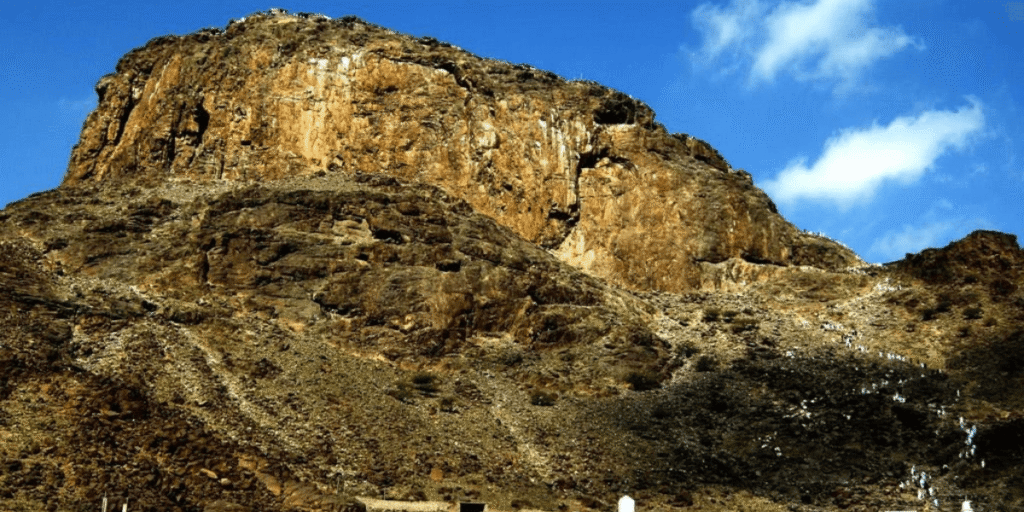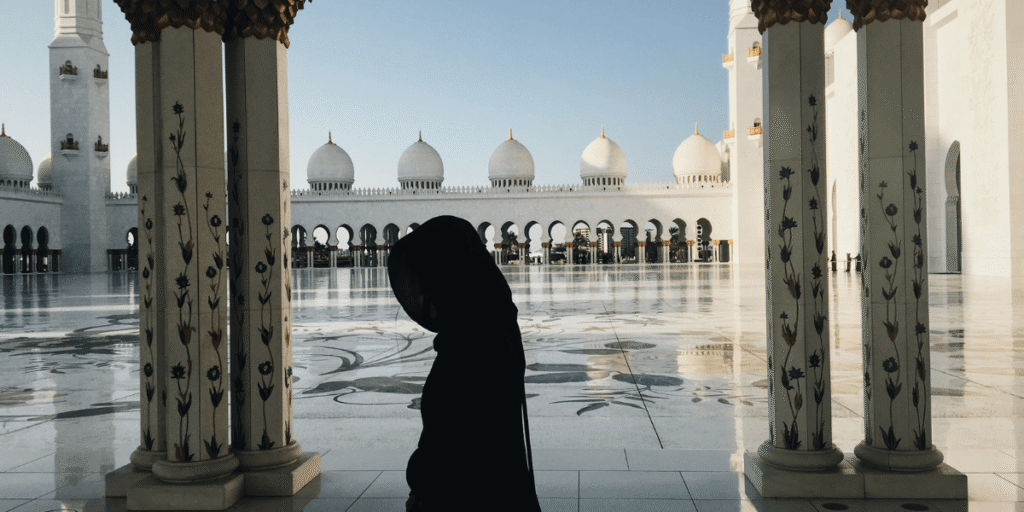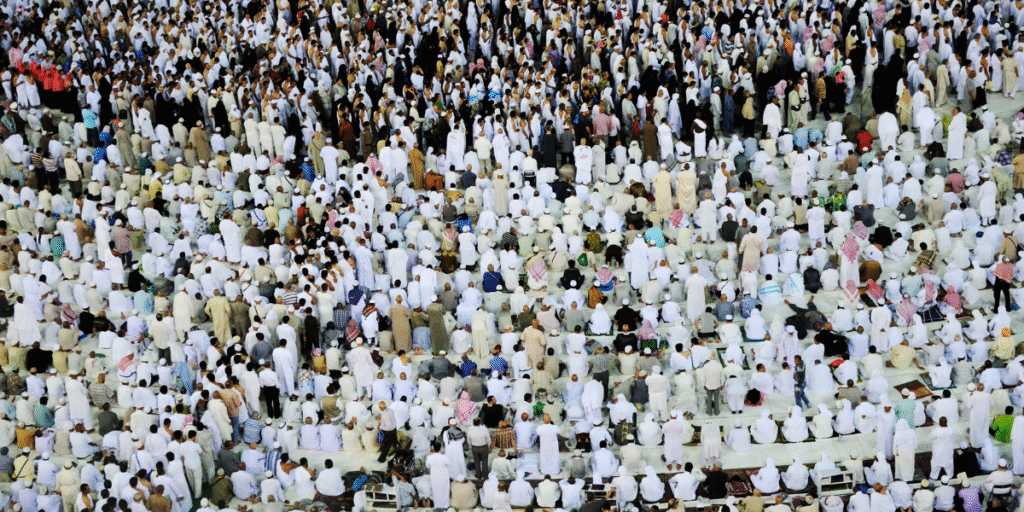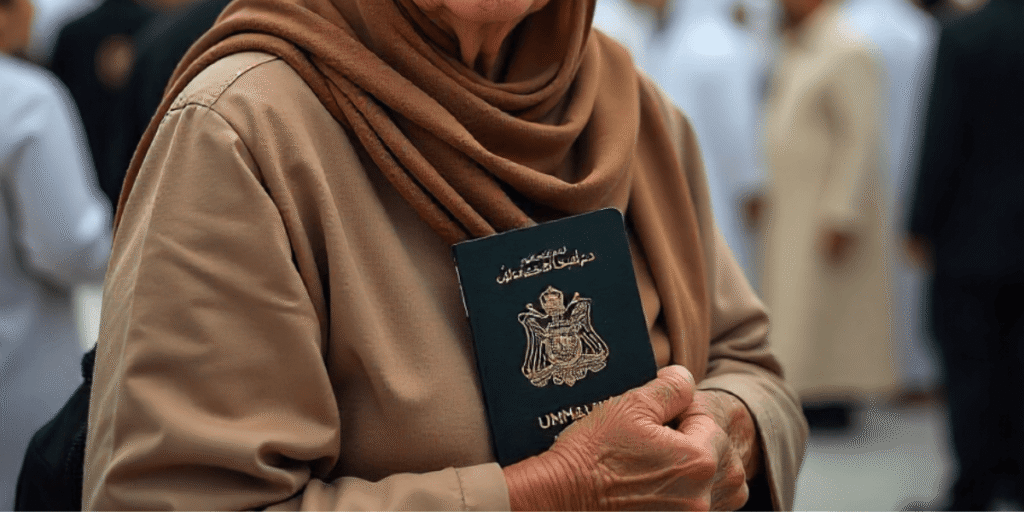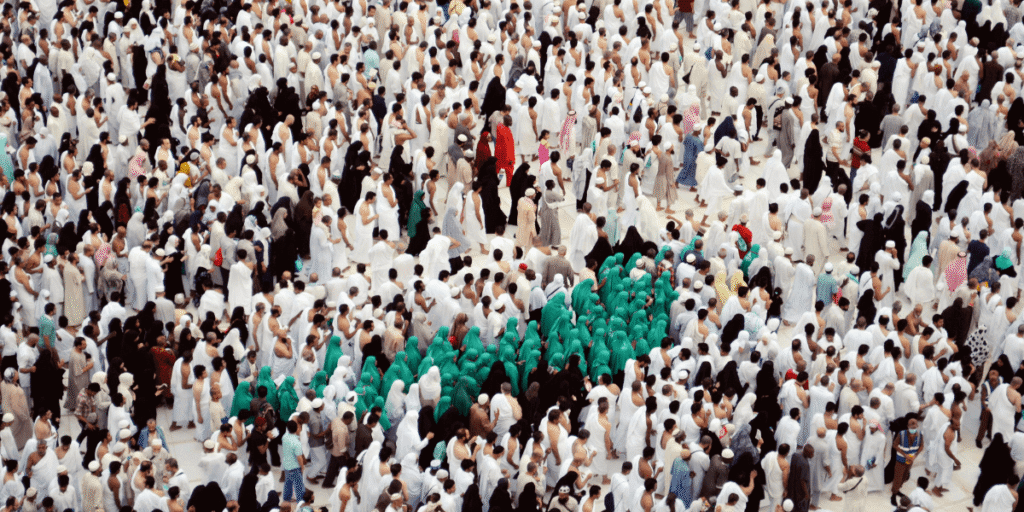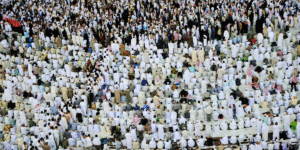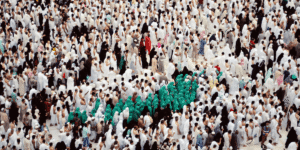Located just outside the city of Makkah, Jabal al Noor, translated as “Mountain of Light”, holds profound significance for Muslims around the world. This is the site of Ghar Hira (Cave of Hira), where Prophet Muhammad (peace be upon him) received the first revelation from the angel Jibreel. For many pilgrims, visiting Jabal al Noor is a deeply spiritual and emotional experience during their time in Saudi Arabia.
While it’s not a required ritual of Hajj or Umrah, the climb to the cave is a popular activity among those seeking to walk in the Prophet’s footsteps. However, the journey requires preparation, caution, and the right mindset. This travel guide for Jabal al Noor offers practical insights and safety tips to help you make the most of this memorable part of your pilgrimage.
Understanding the Location and History
To fully appreciate the experience, it’s important to know the historical and religious importance of Jabal al Noor. This mountain is not just a physical site but a deeply spiritual destination that holds significance for Muslims across the world. The events associated with it mark the beginning of the final divine message to humanity.
Here’s why Jabal al Noor is revered:
- Site of Revelation: Ghar Hira, a small cave near the mountain’s peak, is where the first five verses of Surah Al-Alaq were revealed to the Prophet Muhammad (PBUH) by the angel Jibreel.
- Retreat for Reflection: Before receiving prophethood, the Prophet (PBUH) would often visit the cave to meditate and engage in spiritual contemplation.
- Steep Ascent: Standing around 640 meters (2,100 feet) above sea level, Jabal al Noor presents a physically demanding climb that also holds deep spiritual meaning.
- Rough Terrain: The ascent includes about 1,200 rugged, uneven steps, naturally shaped and worn over centuries by pilgrims.
- Spiritual Magnet: Due to its history, the mountain draws thousands of pilgrims each year, particularly during Hajj and Ramadan, seeking a personal connection with the Prophet’s journey.
When to Visit Jabal al Noor
The time you choose to climb Jabal al Noor can significantly affect your safety, comfort, and overall experience. Given the mountain’s elevation and the desert climate, planning your visit with weather and prayer timings in mind is essential. Here are key pointers to help you schedule your visit wisely:
- Start Early After Fajr: The ideal time to begin your climb is shortly after the Fajr (dawn) prayer when the temperatures are still low and the sun hasn’t intensified. It also gives you plenty of daylight for the ascent and descent.
- Prefer Cooler Months: Aim to visit between November and March, when the weather is more forgiving. These months reduce the risk of heat exhaustion and make the journey more bearable.
- Avoid Midday Heat: Steer clear of climbing between 11:00 AM and 3:00 PM, as the desert sun can be harsh and physically draining.
- Check Salah Times in Advance: Make sure your visit doesn’t coincide with prayer times unless you’ve packed a prayer mat and have enough water.
- Plan for Rest and Recovery: Early or cooler climbs also allow time for rest after the descent, especially for elderly or first-time climbers.
Essential Tips for Visiting Jabal al Noor
Proper planning is key to having a meaningful and safe experience. Here are some tips for visiting Jabal al Noor that every pilgrim should keep in mind:
Dress Appropriately for the Climb
- Wear loose, breathable clothing that allows ease of movement.
- Choose supportive walking shoes with a strong grip instead of wearing sandals or flip-flops.
- Carry a lightweight scarf or hat to protect yourself from direct sunlight.
Stay Hydrated
- Carry a minimum of one liter of water for each person.
- Avoid sugary drinks, stick to water or electrolyte solutions.
- Sip water frequently in small amounts instead of waiting until you feel thirsty.
Pack Light but Smart
- Use a small backpack to carry only essentials: water, snacks, a prayer mat, and tissues.
- A flashlight or phone with a torch can help if you’re climbing in the early hours or before Fajr.
- Bring a small towel or wet wipes for quick freshening up after the climb.
Climb at Your Own Pace
- The climb is steep and physically demanding. Don’t rush—take breaks as needed.
- There are occasional resting points where you can sit and regain energy.
- Those who are elderly or have heart or respiratory issues should seek medical advice before attempting the climb.
Watch Your Step
- Many parts of the trail are uneven or slippery due to erosion.
- Hold onto stable rocks or handrails if available, especially when descending.
- Refrain from climbing during or immediately after rainfall, as the trail may become extremely slippery and hazardous.
What to Expect at the Top?
Reaching the summit of Jabal al Noor and arriving at Ghar Hira is a deeply emotional and spiritually significant moment for many pilgrims. After a physically challenging climb, the cave offers a rare opportunity to pause and connect with a turning point in Islamic history. Here’s what you should keep in mind once you reach the top:
- Ghar Hira is very small, accommodating only a few people at a time. Be patient and wait your turn respectfully.
- Many pilgrims choose to pray or quietly recite the Quran at the cave entrance or nearby rock formations.
- Maintain a respectful tone, avoid loud conversations, jokes, or anything that could distract from the spiritual atmosphere.
- Use the time to reflect on the Prophet Muhammad’s (PBUH) experience, the weight of the first revelation, and your own faith journey.
- Photography should be discreet, if at all. Never photograph people without permission, and avoid blocking the path or cave entrance.
- Do not leave any trash behind; carry all litter with you to preserve the sanctity of the site for others.
- Stay aware of your surroundings, as the area near the cave can be narrow and uneven. Prioritise safety and respect.
The Return Journey
Climbing Jabal al Noor safely doesn’t end once you reach the top. Descending is equally important and requires caution.
- Take it slow. Going downhill places more stress on knees and ankles.
- Watch your footing, especially if you’re tired. The risk of tripping increases on the way down.
- Stretch or rest briefly at the bottom before walking back to transport or accommodation.
- If you’re part of a group, make sure everyone returns safely. Stay together and assist those who may be struggling with fatigue.
Etiquette and Considerations for Pilgrims
As a place of deep spiritual value, Jabal al Noor requires a respectful approach from all visitors.
- Avoid loud conversations or shouting along the trail.
- Do not deface the rocks or cave walls with markings or graffiti.
- Refrain from unnecessary photography, especially of other pilgrims, without their consent.
- Respect the sacred history by keeping your behavior solemn and dignified.
- Remember, the purpose of this visit is not adventure or sightseeing but spiritual connection and reflection.
Medical and Safety Reminders
Physical readiness plays a vital role in your experience. Here’s how to stay safe:
- If you have chronic health conditions like asthma, diabetes, or high blood pressure, consult your doctor before attempting the climb.
- Carry prescribed medicines with you in a waterproof pouch.
- If you feel faint, dizzy, or unusually tired, stop immediately and rest.
- Don’t attempt the climb alone. Always go with someone who can assist if needed.
- Having basic travel insurance or access to local emergency numbers is also a smart idea.
Other Nearby Places of Interest
If you’re planning a half-day trip to Jabal al Noor, consider exploring other nearby historical and spiritual sites:
- Jannat al-Mu’alla: A historical cemetery where many of the Prophet’s family members are buried.
- Mount Thawr: Another mountain of significance, where the Prophet and Abu Bakr hid during the Hijrah.
Combining these visits creates a deeper connection to the Seerah and enhances your overall pilgrimage experience.
Preparing for Your Visit from Dubai
For those traveling from the UAE, especially Dubai, planning your trip to Jabal al Noor as part of your Umrah itinerary is a great idea. Booking an Umrah Package from Dubai that includes guided tours to Islamic historical sites can ease the process.
You may also need assistance with documentation. A trusted Visa Service from Dubai will help you obtain the necessary travel documents and permits for a smooth pilgrimage experience.
Final Thoughts: Let Your Climb Be a Spiritual Journey
Visiting Jabal al Noor is more than a physical challenge; it’s a deeply spiritual act that connects you to a defining moment in Islamic history. The stillness of the cave, the effort of the climb, and the reflection it inspires can be life-changing for many pilgrims. With preparation, respect, and intention, this journey becomes one of the most meaningful parts of your pilgrimage.
Looking to include Jabal al Noor in your Umrah experience? Three N Travel & Tourism LLC offers a reliable Umrah Package from Dubai and a professional Visa Service from Dubai. Let us handle the logistics while you focus on your faith. Book now and take the next step toward a spiritually fulfilling journey!



